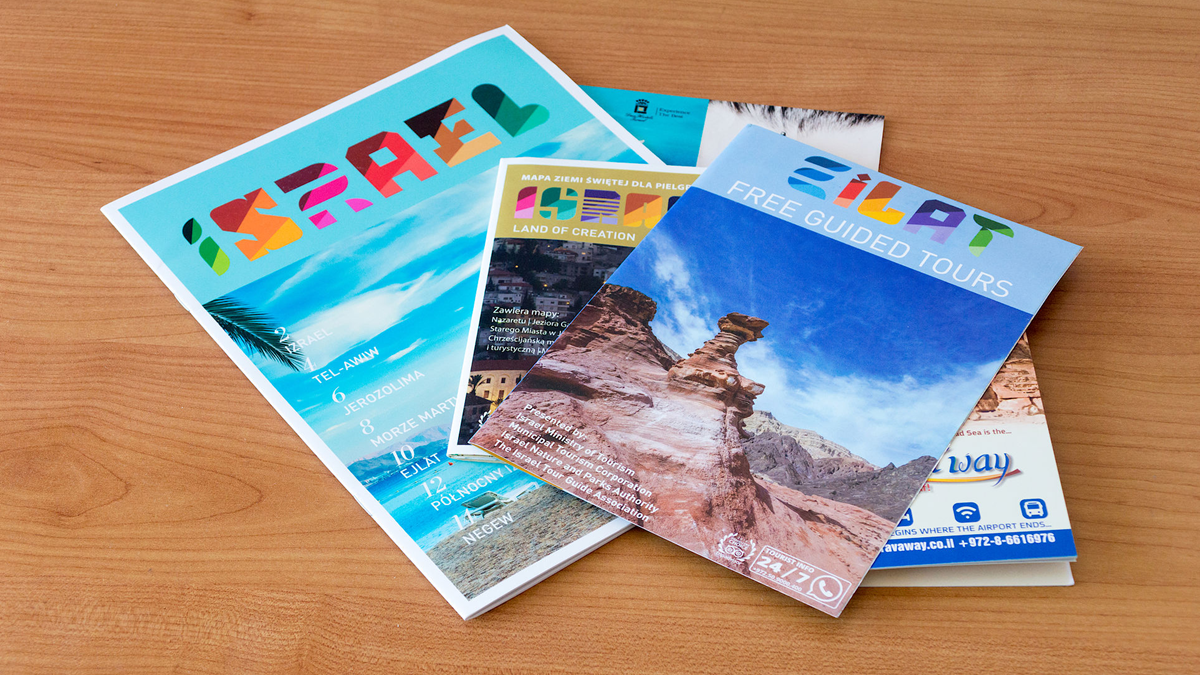The Metaverse is bringing virtual gamers to a wireless sci-fi vision with an infinite number of virtual worlds. However, you will find some transformation and benefits in how manufacturers can be more productive in the digital and physical worlds.
What is the Metaverse?
The Metaverse is a set of technologies that allow persistent digital representations to be connected to aspects of the real world, such as people, places, and things. Metaverse adds more layers of Augmented Reality (AR), Virtual Reality (VR), and Mixed Reality (MR) that allow you to immerse yourself in a virtual environment.
Using the metaverse, we can overlay information on the real world, and we might be able to create entirely new environments and preview them. As the metaverse develops, the sensations may go beyond your eyes. The VR glove lets you feel objects hundreds of miles away or objects that don't yet exist in the real world. In the game's metaverse concept, a single avatar representing a physical person will be able to travel and interact across multiple universes.
From a business perspective, most of them focus on the concept of connecting physical and virtual reality through digital overlay (augmented reality) or virtual immersion (virtual reality). Concepts like holographic mobility, where employees located in different parts of the world collaborate in virtual rooms, are an example of a metaverse application.
How is the Industrial Metaverse Changing the Manufacturing Industry?
The Industrial Metaverse will reach $540 billion in revenue by 2025 as companies begin to take advantage of Industry 4.0 tools. One of the main uses of the Metaverse is digital twins, where real objects are represented in the Metaverse. Some companies are already using the technology, but its use is expected to grow. With the high degree of digitization of large manufacturing factories, coupled with the gradually improved infrastructure such as the Industrial Internet of Things and digital twin technology, the Industrial Metaverse is expected to take the lead.
- Microsoft is offering digital twins in its multiverse technology stack so that users can create digital models that mimic real-life objects.
- Boeing uses digital twins to make engines.
- Unilever uses this technology to simulate production lines to reduce waste.
Digital twin technology will evolve towards wider deployment and deeper operations in response to the growth of metaverses and the increasing sophistication of digital simulations used to create products. Therefore, the corresponding digital twin technology will also start to appear on the market. In the short to medium term, the use of digital twins is likely to be limited to employee training, remote diagnostics, energy monitoring, and preventive maintenance, while in the long term this technology will be able to replicate an entire plant and companies are expected to participate in the framework of cross-departmental collaboration interconnected.
How Will the Industrial Metaverse Develop?
In addition to the application potential of the metaverse in entertainment and social media, the industry is generally optimistic about the "industrial metaverse" applied in the field of manufacturing. Compared with the consumer market, it has a larger rigid demand, and the current level of digitalization of major industrial plants is generally high. In addition, the existing infrastructure such as the Industrial Internet of Things and digital clones is gradually improved, and the Industrial Metaverse is expected to take the lead in expanding its application.
The current metaverse is still in the beginning stage of development. The key is whether there can be killer applications and business models, but there are still many levels behind this: including technology, platform, service content, and even regulations, financial flows, information security, etc. However, if the manufacturing or logistics industry is used as the application field to explore, the industrial application market has a closed field, and the degree of digitization of large industrial factories is generally high. Some core technologies and methodologies involved in the industrial metaverse have been widely used in today's industrial systems. Including the increasingly mature Industrial Internet of Things, which acts as an industrial metaverse infrastructure. As well as the emphasis on the digital clone to optimize the R&D and production management of the product life cycle through the integration of virtual and real to simulate the physical world, these are common applications in the current Industry 4.0 system, making it a key technology for creating the prototype of the Metaverse.
The concept of the metaverse is a virtual world parallel to the real physical world, which is somewhat like the digital avatars discussed in recent years. The so-called digital avatars refer to the physical entities, processes, or systems that exist in the real world. In the information platform, it becomes an identical virtual avatar, and this avatar has all the elements and characteristics of the real world and can simulate the operation of the real world in the virtual world. However, when the digital avatar is closer to reality, the product must have a more sufficient data database to improve the reliability of the simulation. With the promotion of the concept of the metaverse, the technology of the digital avatar will continue to improve, and it will drive the actual practice of related technologies to implement. Including the need to simulate more complete and extensive virtual objects and spaces to improve the prediction accuracy, and build a metaverse operating environment on this basis, which relies on 5G, Wi-Fi 6, cloud technology or edge computing, smart sensing, etc. Support for more robust communication environments, processing platforms, and sensing devices.
In addition, because the factory has already matured with the use of ERP, MES, and other management systems, in other words, there has been a large amount of data information in the factory in the past few years, so now only need to open the interface to integrate these data into the digital virtual platform, and then through the Wisdom Terminal uses it as the entrance to the Metaverse. In the era of big data, the amount of information is exploding. Humans may also wear AR glasses to achieve that what they see is what they get by wearing AR glasses. They can see where they go, and shape the concept of an operational war room. The need to improve work efficiency will be the main reason for AR wearable devices to take the lead in the industrial field, which makes the manufacturing industry have the inherent advantages and motivation to create a metaverse.
In the Field of Manufacturing, What Significant Impact Will AR/VR and MR Have on Manufacturing?
- Train employees faster and safer:
Several companies have started training employees on how to use and maintain equipment using VR headsets, rather than having them use physical equipment that can be dangerous or difficult to use in training situations.
Additionally, the concept of immersive learning combines the feel and presence of VR with learning theory, data science, and space design, improving the learning experience for employees rather than having them sit in classrooms all day reading textbooks. In contrast to on-the-job training using heavy equipment or hazardous environments, trainees can also make mistakes in virtual environments without real-world consequences. Because of these benefits, many companies are looking to VR training as a first step in training new employees, especially in industrial or other heavy industrial settings.
- Simulations before physical deployment can find improvements:
Part of the virtual world includes a technology called digital twinning, where all components of a physical location (or product) are digitized to produce a virtual twin. In manufacturing, digital twins can be used to compare product designs to physical versions of products, such as finding product defects, or virtual environments can be set up for simulation. For example, many self-driving car designers now use simulations of real-world locations to fine-tune and better teach vehicles how to operate better.
- Use AR/VR to let field service personnel repair equipment on the job:
Like the training scenarios for new frontline workers, field service personnel and technicians can also get help with equipment maintenance and support through AR, VR, and MR technologies. Especially during the pandemic, when teams from all over the world were limited by travel restrictions and health issues and were unable to visit in person, remote assistance was provided with VR and mixed reality.
One benefit for companies in the remote assistance space is that many solutions do not require additional hardware. Many companies are exploring using AR with the devices they already have, including smartphones and tablets. The pandemic has accelerated the adoption of AR/VR technology by many companies.
Using this technology can help improve the attitude of workers in the field without feeling like they are being watched or watched by their employer. One of the things people like is the feeling of mastering problem solving, which gives them a sense of job satisfaction.
- Product design collaboration virtually anywhere in the world:
Another key area where the pandemic has accelerated action around VR is product design by manufacturers. Engineers can collaborate on designs in a conference room when everyone is in the office, but suddenly they need a new solution when everyone is working from home. With VR, design engineers can collaborate remotely and create virtual designs from anywhere in the world.
The team can have a clay model that one person can create from a visual standpoint and then proceed to design it in CAD software. When you think about collaboration, use mixed reality (AR and VR) to create 3D and allow teams to collaborate on car design and development.
- Build physical products from virtual designs and add digital assets from physical projects:
Connecting the physical world to the virtual world will present multiple opportunities for manufacturers and potentially unlock new revenue streams. While virtual-to-virtual commerce has existed for years, video game players can buy digital goods for real money. But new concepts are emerging in which physical products can be created through designs derived from virtual spaces.
The future may be in a virtual experience and buy something that can be delivered to your home. And vice versa, physical items can be purchased for a physical experience, unlocking something in a virtual space.













.jpg)
.jpg)